

Since the earliest times, humans have made observations of the night sky. These observations, particularly of the Earth, Moon, Sun and planets (visible to the naked eye), led to the development ...
READ MORE

In November 2014, the European Space Agency (ESA) Rosetta Mission landed a space probe called Philae onto the surface of Comet 67P, while Rosetta continued to orbit the comet. The touchdown was ...
READ MORE
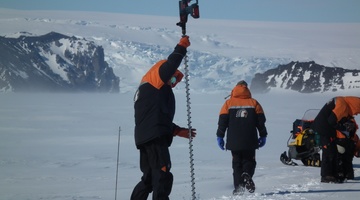
Position: Director, Gateway Antarctica, and Professor, School of Earth and Environment, University of Canterbury. Field: Glaciology and remote sensing Dr Wolfgang Rack, a senior lecturer and ...
READ MORE

Space debris is leftover rocket parts and non-functional satellites and any other machinery or debris left by humans. Humans have been launching rockets into space since the 1950s, and now, 70 ...
READ MORE
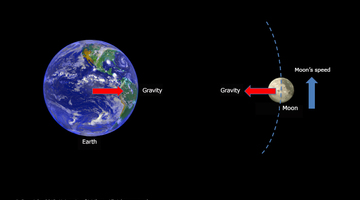
In this activity, students use a simple true or false interactive tool to categorise facts. This activity could be used as a formative activity to gather students prior knowledge and ...
READ MORE
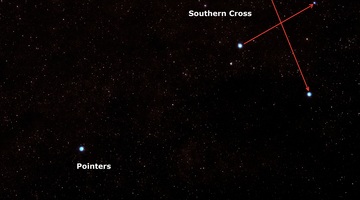
In this activity, students observe how the Moon appears to move across the sky each hour, as well as over several days. They discuss how both the rotation of the Earth as well as the satellite ...
READ MORE
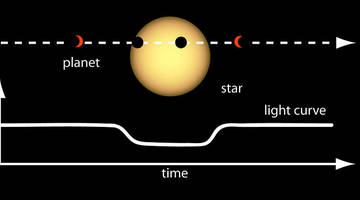
Search data from NASA’s Kepler spacecraft for the dips in star light intensity caused by exoplanets – planets that orbit stars other than the Sun. As these exoplanets pass between the star and ...
READ MORE

Help astronomers at Las Cumbres Observatory, California, study exoplanets – planets that orbit stars other than our Sun. Do this by interpreting images taken by their telescopes in Hawaii ...
READ MORE
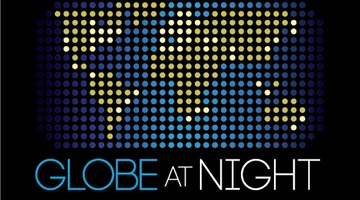
Globe at Night is an international citizen science campaign to raise public awareness of the impact of light pollution by inviting citizen scientists to measure and submit their night sky ...
READ MORE
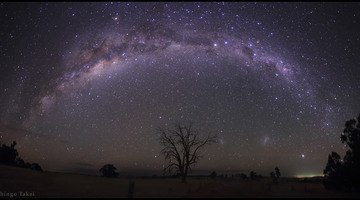
In this online PD session recorded in August 2015, secondary school teacher Steve Chrystall describes how he uses the Science Learning Hub’s satellites and rocket resources to teach space and ...
READ MORE
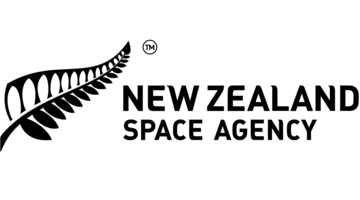
Although Aotearoa New Zealand is a relative newcomer to the international space industry, a deep knowledge of space enabled early Polynesians to navigate to these islands and develop mātauranga ...
READ MORE
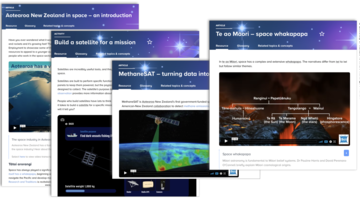
Bring some awe into your classroom. The Science Learning Hub has developed a suite of resources designed to grow Aotearoa New Zealand students' interest in space. Join us to discover ways to ...
READ MORE
The Rosetta Mission has been a long and complex mission to land a probe on a comet. What exactly is a comet and why land a probe on one? Avionics engineer Warwick Holmes explains how comets may ...
READ MORE
Using party ice, water and charcoal, Rosetta Mission engineer Warwick Holmes and University of Waikato’s John Little create a model of a comet in front of a live audience.
READ MORE
The Murchison meteorite is thought to be the remnant of an evaporated comet – possibly Comet Finlay. Analysis of samples from the Murchison meteorite has shown exotic chemistry that does not ...
READ MORE

Use this interactive graphic organiser to highlight common alternative conceptions about gravity and satellites. Students can place the labels where they think they belong. This activity can be ...
READ MORE
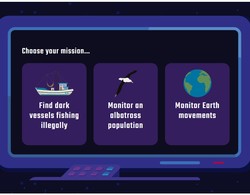
Choose a mission and then successfully build and launch a satellite that can help gather the data required. Select here for additional information on using this interactive simulation.
READ MORE

Use this interactive to identify the components of a modern landfill system. Drag and drop the text labels onto the diagram.
READ MORE